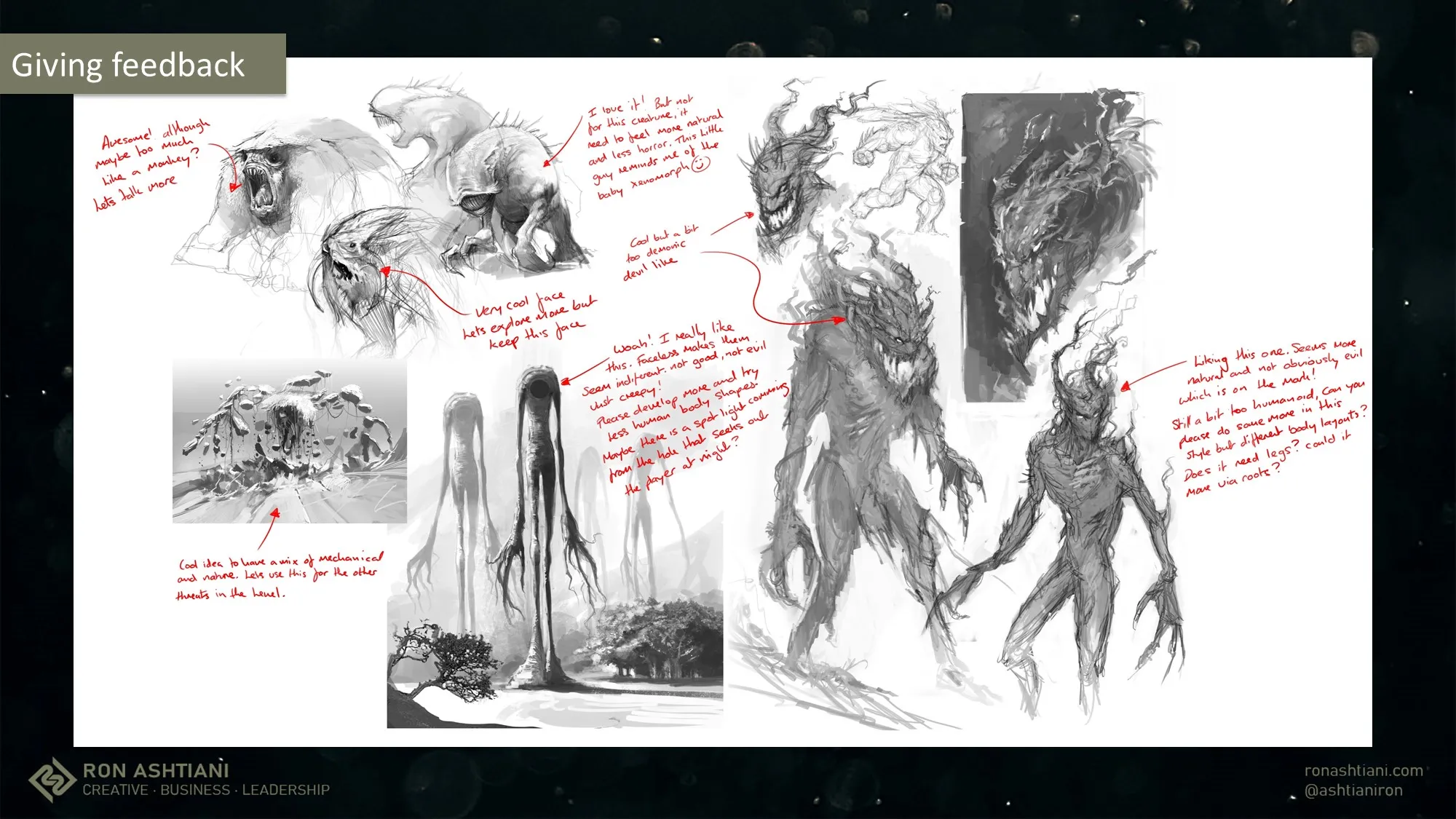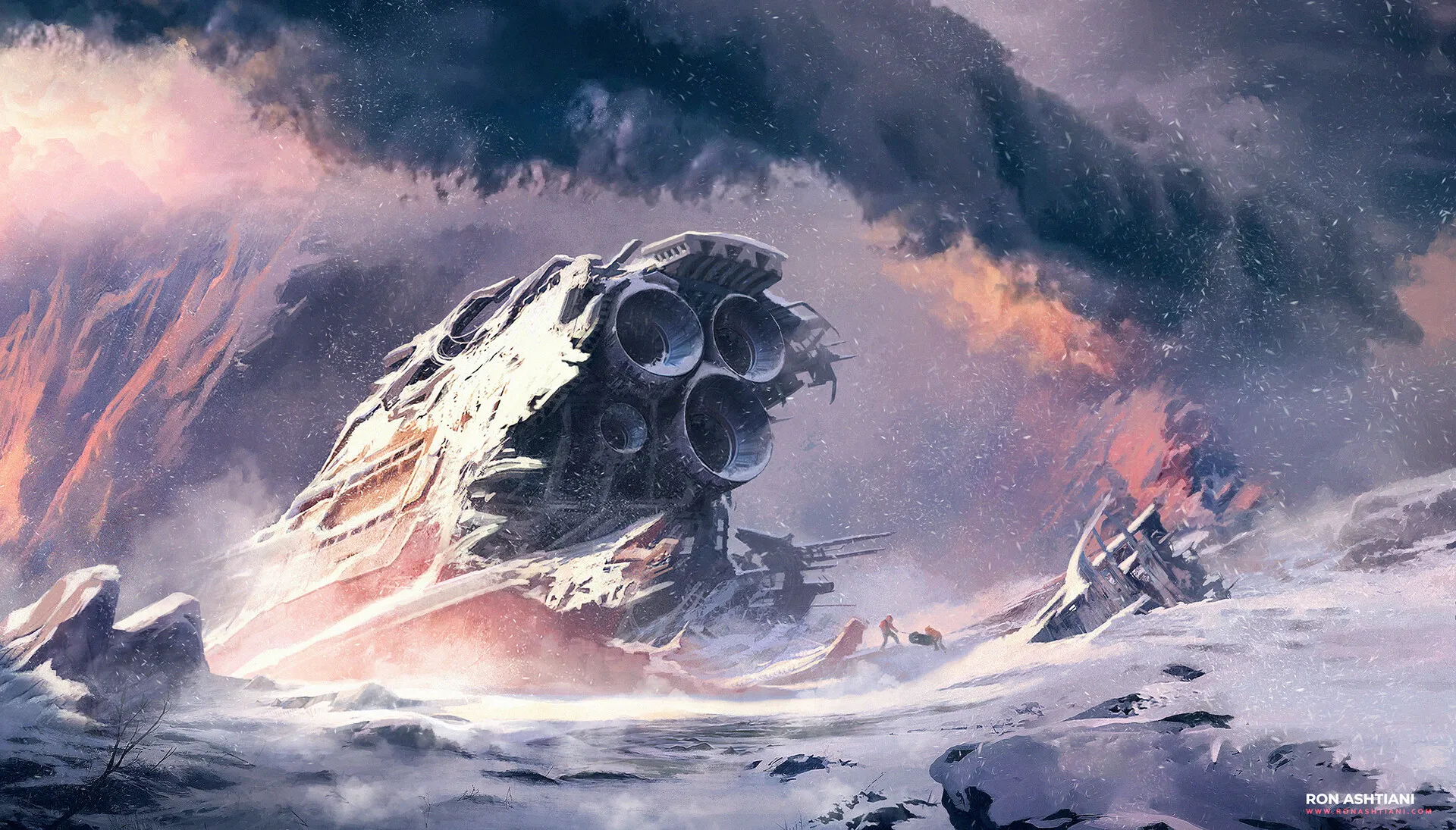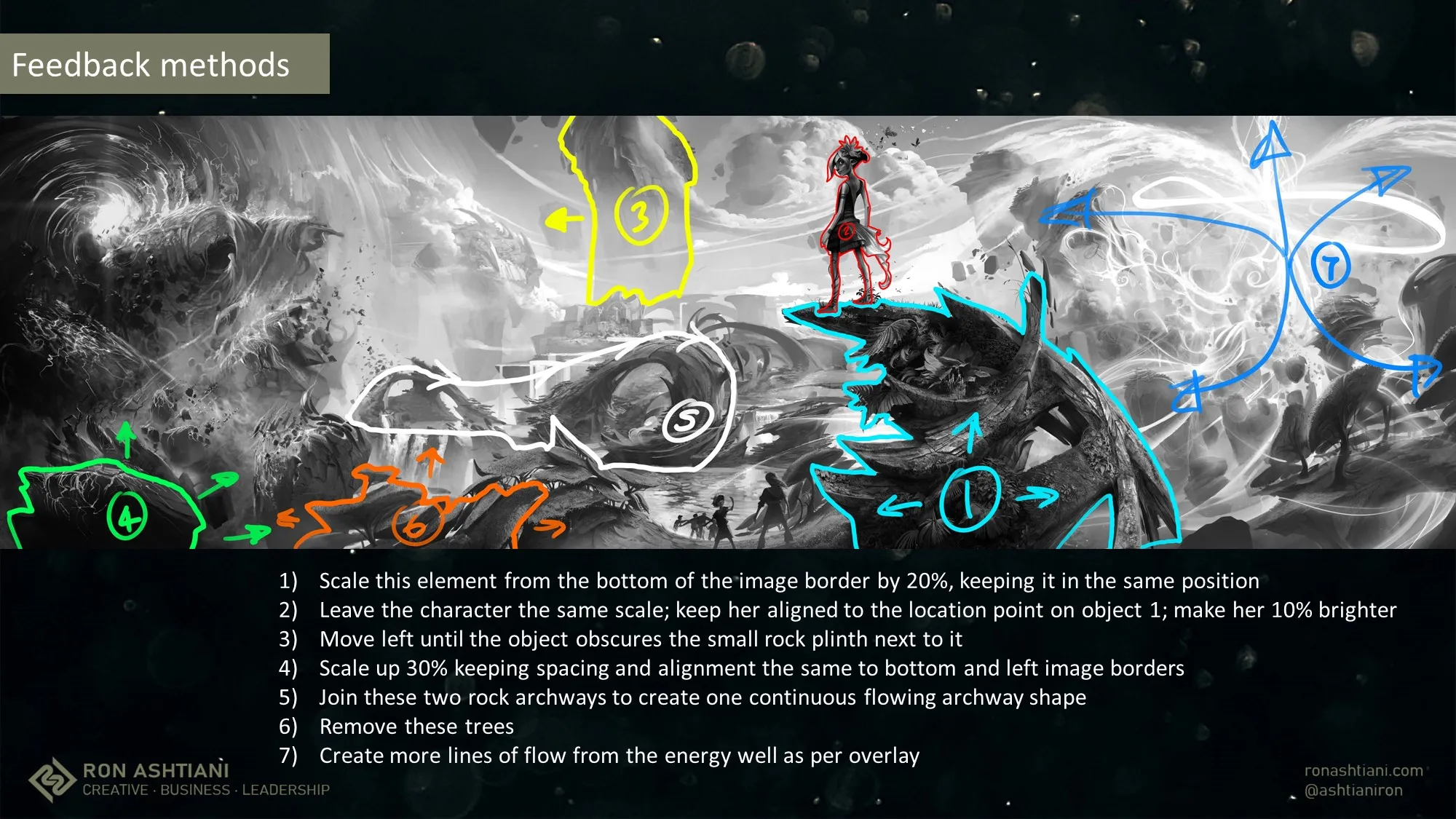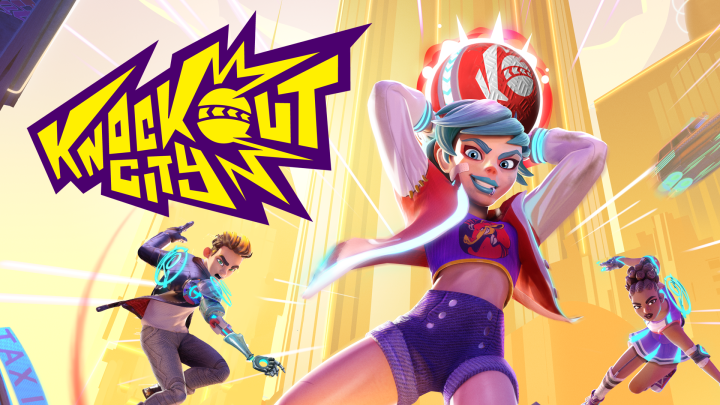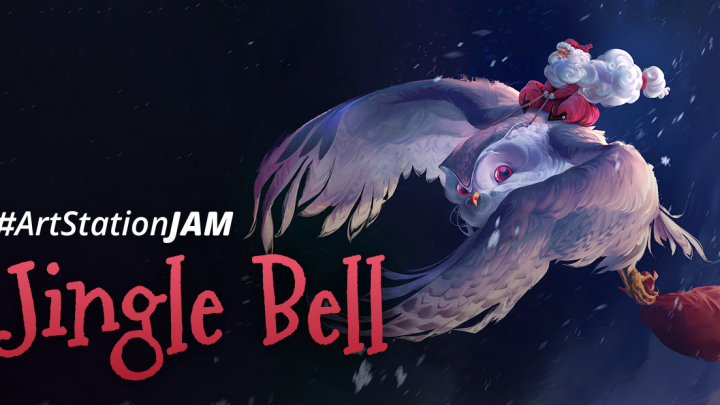The Art of Direction with Ron Ashtiani
In his ArtStation Learning series “The Art of Direction“, Ron Ashtiani presents lessons learned from his over two-decades-long career crafting compelling art and art direction for games and movies. The series is based on Ron’s forthcoming book The Art of Direction, to be published by ArtStation Media.
Ron shared with us how having the opportunity to work in both games and film has given him a uniquely well-rounded perspective. He touches on the challenges and rewards of art direction, as well as how his upcoming book connects to his ArtStation Learning series.
 Ron Ashtiani has provided art direction for blockbuster Marvel movies, over 30 games, and has worked with huge brands like J.K Rowling’s Harry Potter, Warner Bros, Sony, and Microsoft.
Ron Ashtiani has provided art direction for blockbuster Marvel movies, over 30 games, and has worked with huge brands like J.K Rowling’s Harry Potter, Warner Bros, Sony, and Microsoft.
In 2009 he formed a visual design company, Atomhawk, which he built from a team of four into an international brand with studios in the UK and Canada. Ron has been listed in both the UK top 100 people in video games and the UK top 100 in digital media.
Behind the series:
I started working in the games industry as an artist in 1997, which was really the start of 3D games on PlayStation and the original Xbox. First as an artist at 19 years old, then a lead artist, then art director, and I made head of art by the age of 30. Eventually, I pushed it to the next level and founded my own studio (Atomhawk).
In 2011 I branched out into working on movies. I was an art director on Marvel’s Thor II and Guardians of the Galaxy. I am one of a few art directors that have worked in both games and film, and I’ve learned some unique perspectives due to this exposure. I’ve developed and refined my process for art directing by taking the best of everything I have learned over the last 24 years. The entertainment industry has been good to me, it has been my home, and so I wanted to give back and help inspire the next wave of art directors.
Most memorable learning experience?
There have been so many! A new lesson learned almost everyday. One that has stuck with me is that as a director/manager: be patient with people. No one comes to work wanting to do a bad job, so when things don’t work out as expected, they feel just as bad (if not worse) than you do. That isn’t to say you shouldn’t push people to be better, but you need to understand when to push and when to support.
What do you enjoy most about art direction?
I enjoyed being an artist but I found it limiting in what I could do as one person making art. When you direct a team you can achieve so much more. Not only are you developing a larger scale project than you could do alone, but you are also helping to nurture and grow new talent. Being a leader is the ultimate responsibility and not for everyone but when you get it right, it is the most rewarding feeling.
Can you give a sneak peek into what readers can expect to find in your book The Art of Direction?
The ArtStation Learning series is a great overview of the techniques and processes I use to both develop a style and communicate it. The book is a deeper dive into all of those topics with a great deal more detail. I cover many areas that are not in my talks; for example, how to think like an art director in your work and make smart artistic decisions. Also covered in the book are how to manage a team, peers, and clients.
It is intended to provide something for most people. For artists it is an art bible, a career road map, and an explanation of the industry. For art directors, it’s a reminder and toolkit of the methods that can be used. For a manager, it is a blueprint for hiring the right art director and creating a great art department.
1 sentence of advice:
Practice, practice, practice, and keep going even when everyone is rejecting you.
For young artists looking to break into the industry—there is the old cliché that is actually the cold hard truth, practice, practice, practice, and keep going even when everyone is rejecting you. I passed top of my graduation year from college in 1996. I studied computer graphics and design. Even with top marks it took me almost a year of working on my portfolio while doing long shifts in a supermarket to pay my way.
Also, be smart with your effort. Look at what the current trends are, understand what the industry wants and then tailor your work to that. Make yourself employable by having a diverse range in your work. When you get good and have worked in the industry for a couple of years, that is the time to start to specialise and find YOUR style. To start, keep your mind open and explore, and learn as much as you can before committing yourself to a look.
Visit Ron’s ArtStation portfolio here.
Discover more ArtStation Learning-related articles here.
